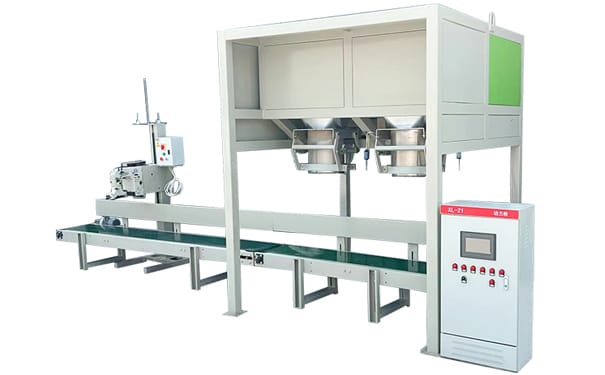
How Much Does a Pellet Packaging Machine Cost? What Is Its General Workflow?
Modern pellet packaging machines have become essential components in today’s intelligent and automated packaging systems. They play a critical role in industries such as pharmaceuticals and food processing, ensuring that products are packaged efficiently and safely. In this article, we explore the cost factors and workflow of a pellet packaging machine while highlighting the advantages of advanced packaging technology.
Key Features of a Pellet Packaging Machine
Modern pellet packaging machines combine digital measurement and control technologies to ensure high precision and stability during the packaging process. Some of the key features include:
- Precision & Stability: Digital controls guarantee accurate measurement and consistent packaging quality. In the event of a malfunction, the machine immediately triggers an alarm and stops, helping to reduce material and packaging waste.
- Data Storage & Continuous Production: These machines automatically record operational data, ensuring a smooth and continuous production process.
- Stainless Steel Construction & GMP Compliance: Built with stainless steel and meeting national GMP standards, pellet packaging machines prevent contamination during the packaging process.
- User-Friendly Design: The equipment is designed for easy maintenance and repair, reducing downtime and ensuring long-term efficiency.
By incorporating these advanced features, every packaging machine in this series not only optimizes production but also contributes to a safer working environment.
General Workflow of the Pellet Packaging Machine
The operational process of a pellet packaging machine can be summarized in the following sequence:
- Packaging Material Preparation: The process begins with the packaging material, which is fed into the machine.
- Film Forming: The material passes through a film forming device, shaping the packaging film.
- Horizontal Sealing and Marking: The film then undergoes a horizontal sealing process combined with printing (for batch numbers) and the formation of a tear strip.
- Cutting: Once sealed, the film is cut to the desired length.
- Vertical Sealing: Finally, the machine performs a vertical sealing process to form a complete package.
During these automated steps, the pellet packaging machine completes several essential tasks including measuring, bag making, filling, sealing, printing, cutting, and counting—all without manual intervention. This integrated workflow ensures that fine particulate materials are packaged efficiently and accurately.
Detailed Operation Process
The operation of a pellet packaging machine is streamlined for ease of use and reliability:
- Step 1: Material Placement
Place the product on the working platform. Lay the open mouth of the packaging bag evenly over a silicone rubber strip and secure it with a bag press. - Step 2: Vacuum Degassing
Once the packaging material is positioned, the machine initiates a vacuum degassing process to remove any excess air, ensuring that the packaging is tight and secure. - Step 3: Electric Heat Sealing
The operator then turns on the machine, selects the appropriate heating temperature, and adjusts the vacuum and heating times. With the lid closed, the machine automatically carries out the vacuuming, sealing, and cooling processes. - Step 4: Product Ejection
After the sealing and cooling cycle, the working platform rises, and the finished product is conveyed out of the machine.
In some cases, the system may also integrate an inflation packaging process. After the lid is closed, the inflation packaging machine can automatically complete a series of actions—vacuuming, sealing, cooling, and labeling—to ensure that every package meets quality standards.
Conclusion
The cost of a pellet packaging machine is influenced by its performance features, level of automation, and additional functionalities such as data storage and GMP-compliant construction. By understanding the general workflow—from material preparation and film forming to sealing, cutting, and product ejection—you can make a well-informed investment decision. With its advanced technology, a pellet packaging machine not only enhances production efficiency but also ensures the safety and quality of packaged products. Investing in a state-of-the-art packaging machine like this can significantly boost your operational performance in sectors ranging from pharmaceuticals to food processing.

